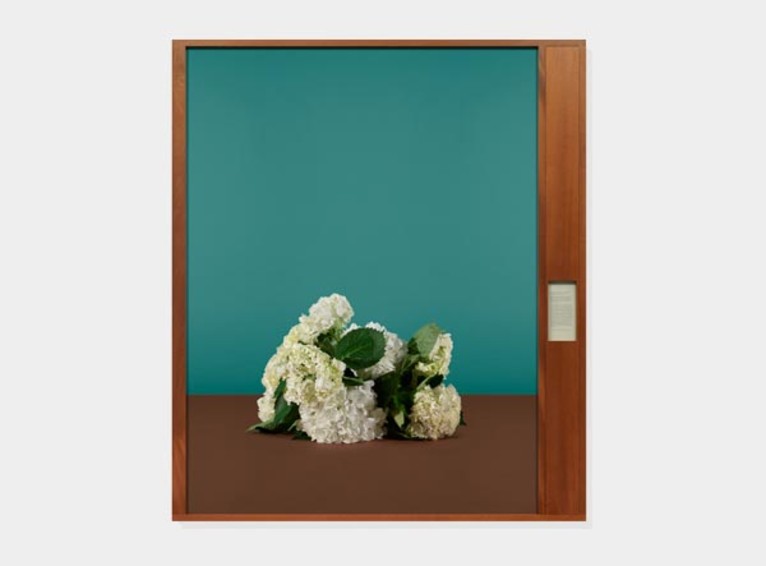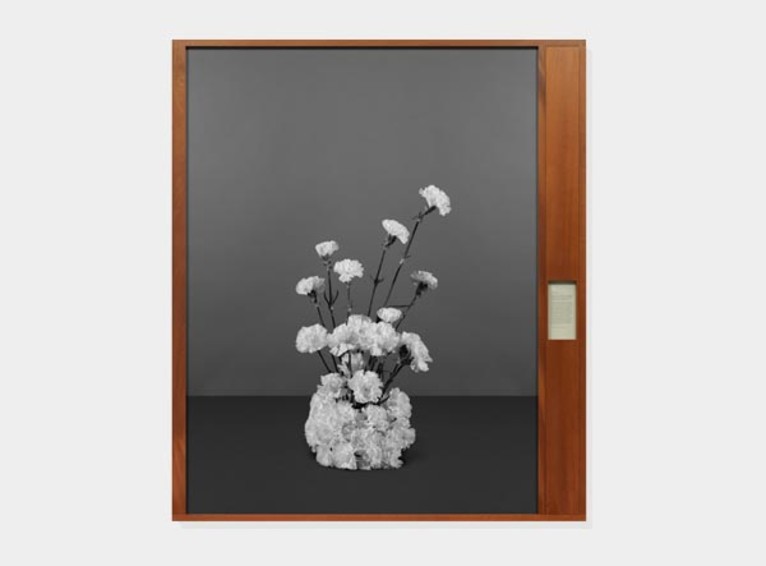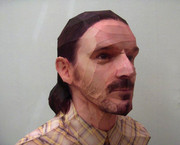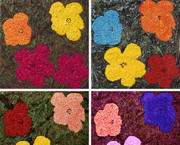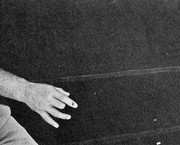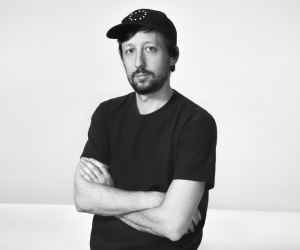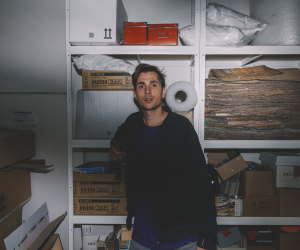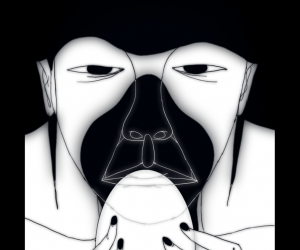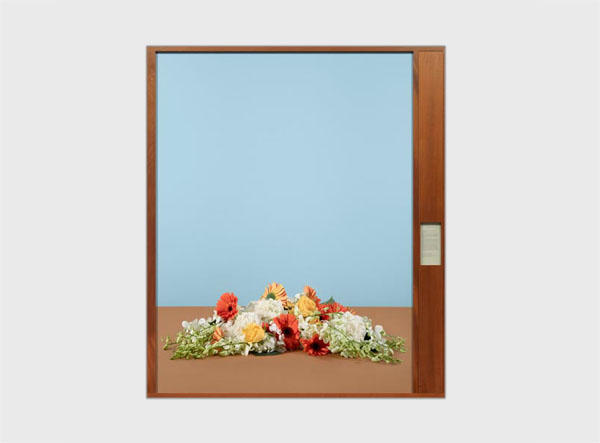
Taryn Simon – Paperwork and the Will of Capital
Posted by Fabio 3 August 2018
In signings of political accords, contracts, treaties, and decrees, powerful men flank floral centerpieces curated to convey the importance of the signatories and the institutions they represent. The photographs and sculptures of Paperwork and the Will of Capital had twin points of departure: archival photographs of official signings; and George Sinclair’s nineteenth century horticultural study containing dried grass specimens, an experiment in survival and evolution cited by Charles Darwin in his groundbreaking research.
The signings that inform Paperwork and the Will of Capital involve the countries present at the 1944 United Nations Monetary and Financial Conference, in Bretton Woods, New Hampshire, which addressed the globalization of economies after World War II, leading to the establishment of the International Monetary Fund (IMF) and the World Bank. Photographs of the recreated centerpieces from these signings, together with their stories, underscore how the stagecraft of political and economic power is created, performed, marketed, and maintained.
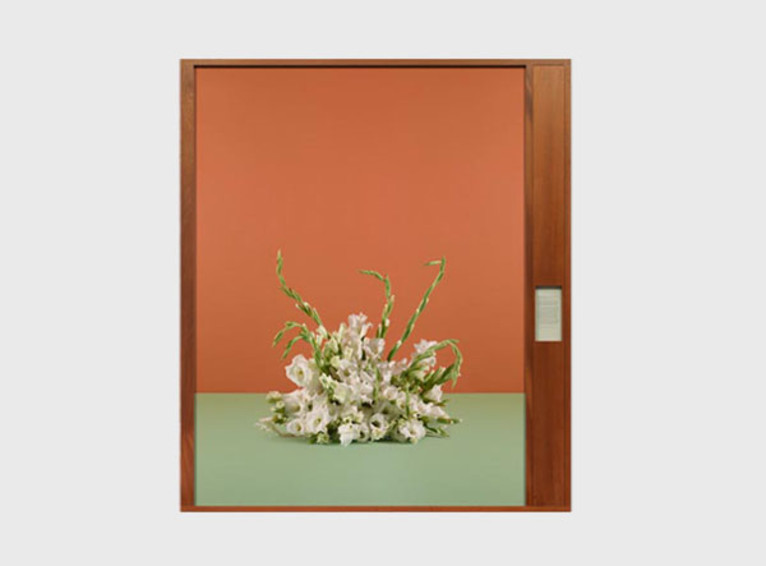
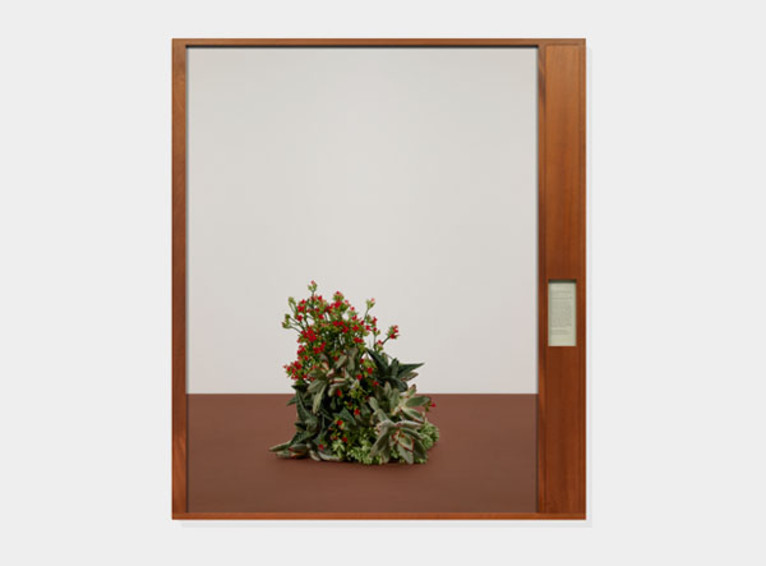
For the recreations, the flowers present at each signing were identified from archival sources by a botanist. More than 4000 specimens were shipped to the artist’s studio, sourced from the world’s largest flower auction, in Aalsmeer, Netherlands, which receives and distributes approximately 20 million flowers per day.
Each photograph represents an “impossible bouquet,” a concept that emerged in Dutch still-life painting parallel to the country’s seventeenth-century economic boom and its development of modern capitalism. An impossible bouquet is a man-made fantasy of flowers that could never bloom naturally in the same season and geographic location—now made possible by the global consumer market. Thirty-six floral centerpieces were photographed against background and foreground colors, keyed by the original decor of the historic ceremonies.
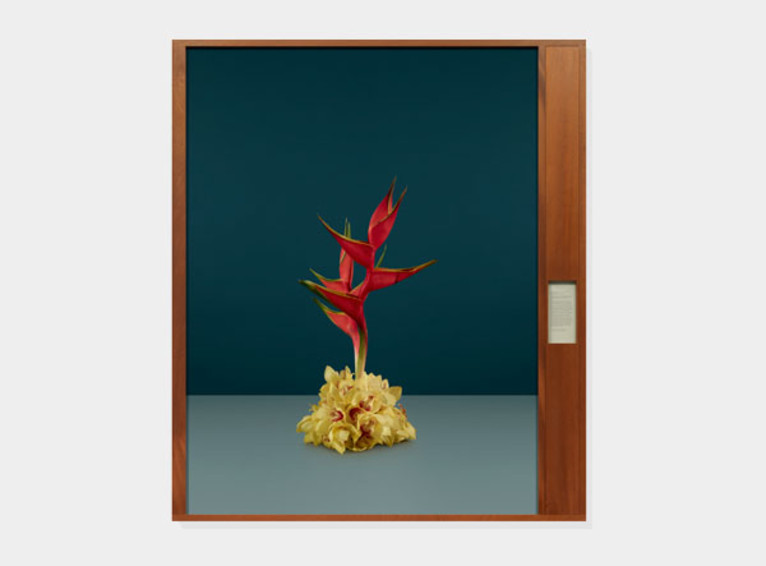
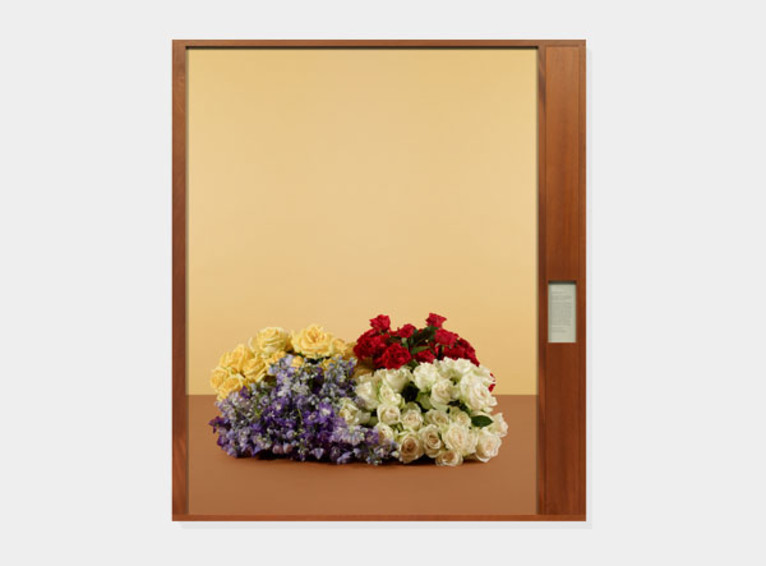
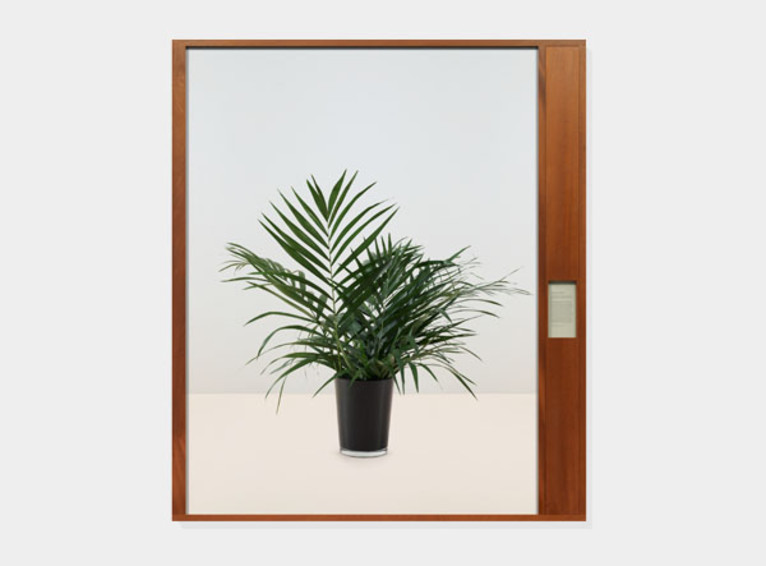
For the sculptures, the thirty-six centerpieces were assembled and photographed twelve times; the unique photographs were fixed to typeset sheets of herbarium paper. Specimens from each were dried, pressed, and sewn to an equal number of sheets of the same paper. Complete sets of both photographs and botanical collages were placed in each sculpture. The concrete sculptures, designed as presses, force each photograph against its preserved subject.
Paperwork and the Will of Capital addresses the instability of executive decision-making and the precarious nature of survival, as well as the reliability and endurance of records: the accords and their far-reaching effects; the photographs; the preserved botanical specimens in their concrete presses; language itself. The photographic still lifes stand in contrast to the sculptural natures mortes: as time advances, so may these artifacts transform, revealing mutable versions of themselves.


